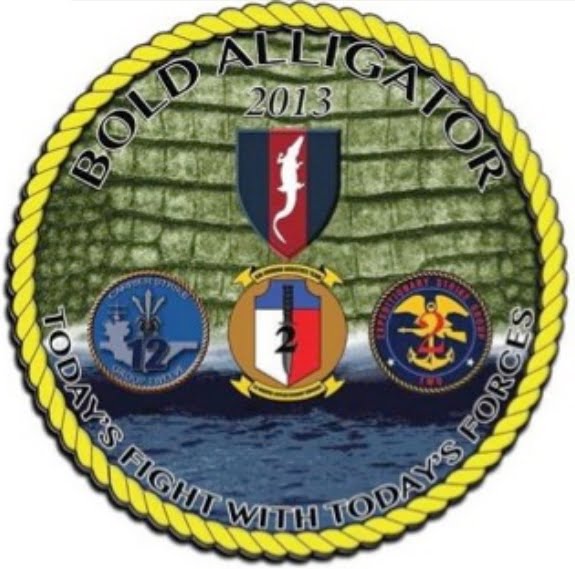This exercise tested out how to shape new ways to forge a capable insertion force using the seabase. Especially noteworthy has been the testing of approaches for seabase support to the ground forces.
Indeed, the challenge has been to mix the deployed forces with the proper support element.
A light logistics footprint has meant that the overall force protection and support requirements have been reduced.
Rather than building mobile Walmarts, which then need to be protected, the model here is to support the engaged force with the right equipment and right supplies at the right place.
We have seen recent engagements as coalitions, and thus the inter operation of command and control, as well as the implementation of force elements need training and practice.
Indeed, in key exercises this is what the United States and its allies are indeed doing. Exercises such as the Bold Alligator series in which the USN-USMC team lead a joint and coalition effort to shape a flexible insertion force are being used precisely to determine the kind of C2 and ISR capabilities needed in the future.
For example, the exercise highlighted the core need for the coalition force to be able to craft over time greater capability to transfer the deconfliction of air tasks to integrated data systems. Strike and air de-confliction requires significant coordination, and more automation of the data generated will over time assist in the improved flow of force through the deployed ships.
For our look at the Bold Alligator 2013 and its evolving context pleas read our Special Report.


